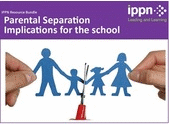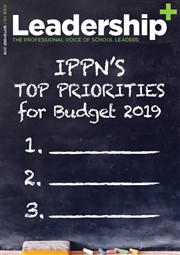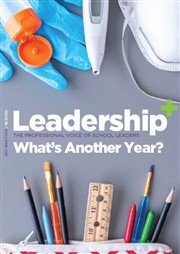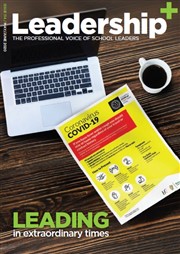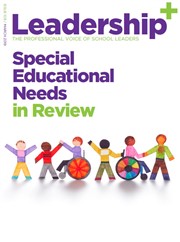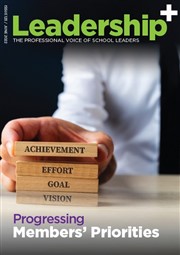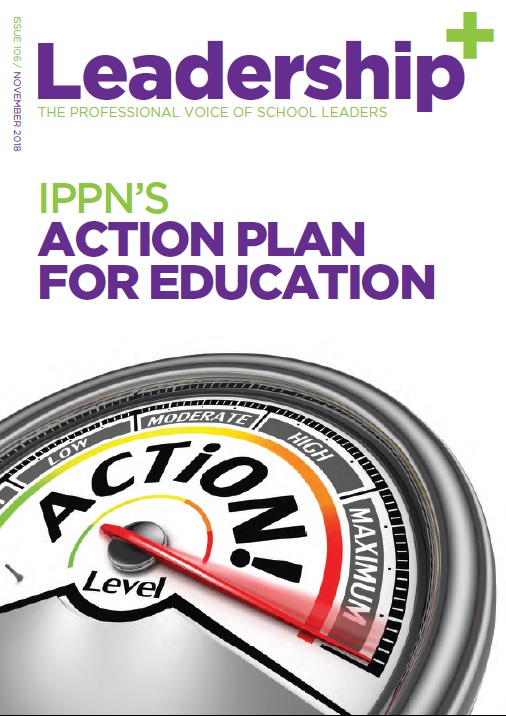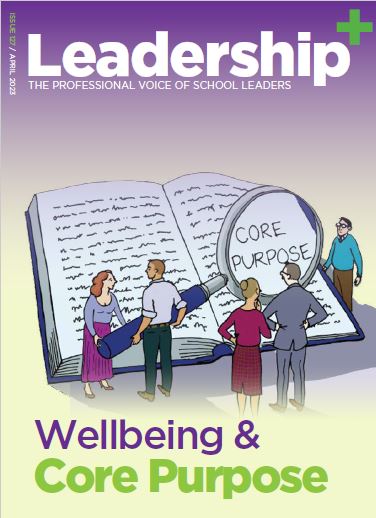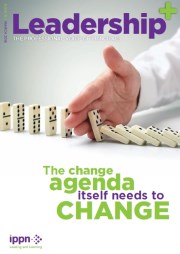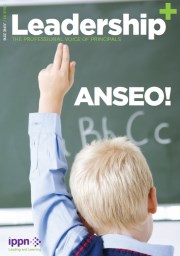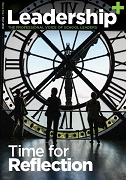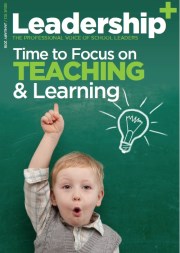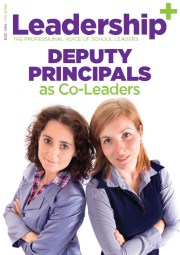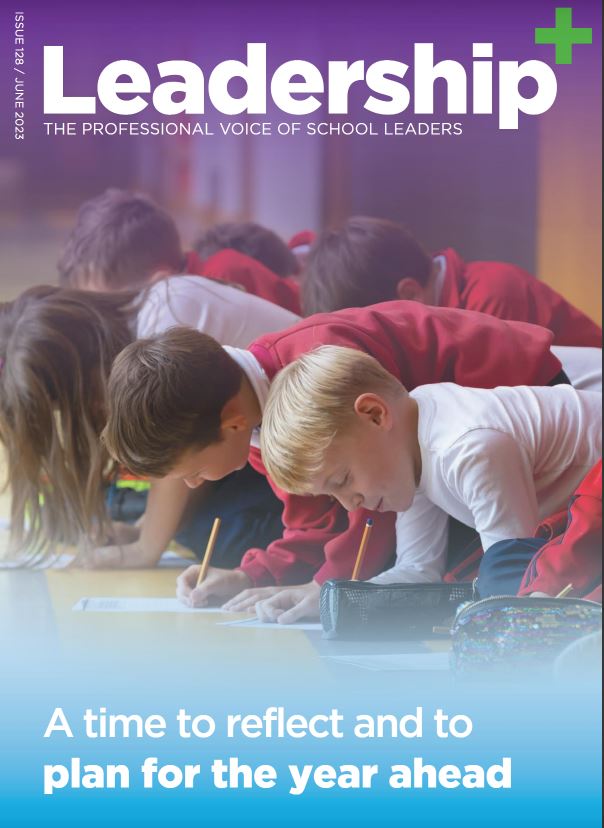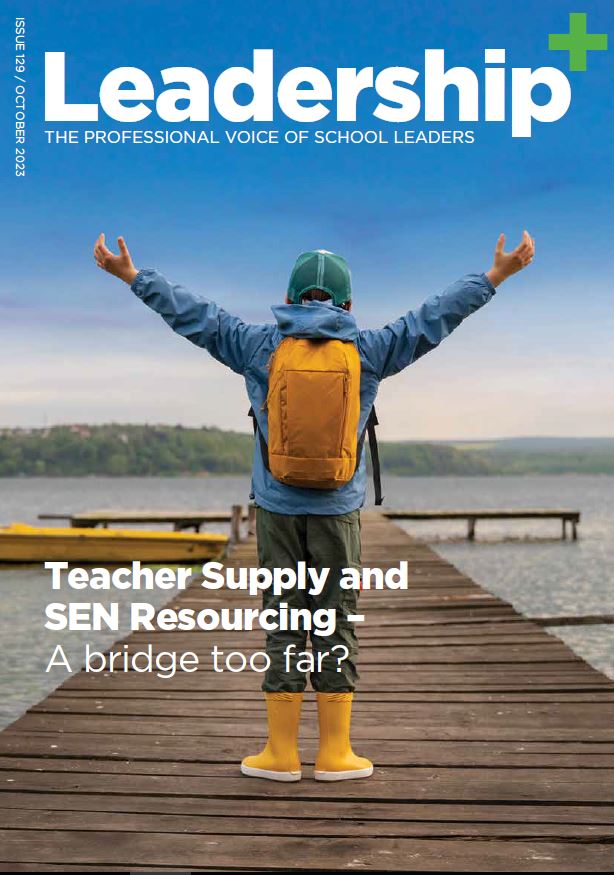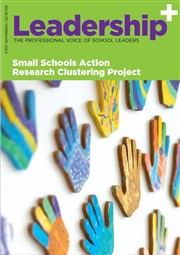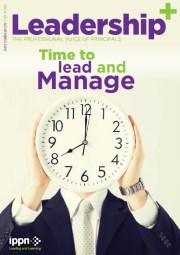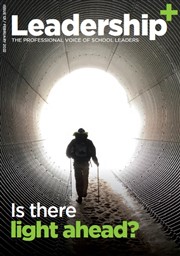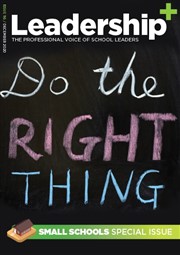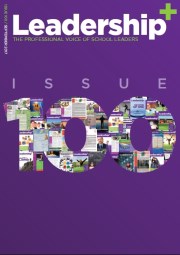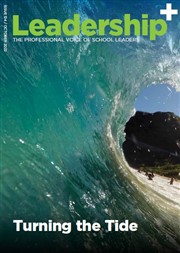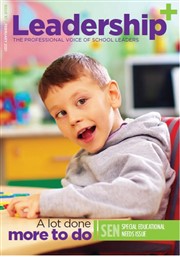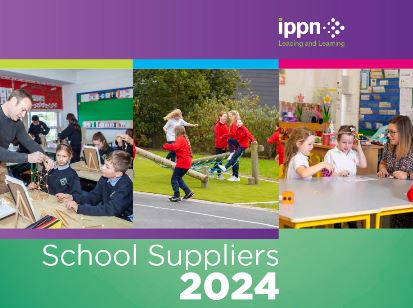Class size figures make a mockery of Fianna Fáil's pre election commitments ; Doherty
- Published: 08 September 2008
Sinn Féin Education Spokesperson Senator Pearse Doherty has called on Education Minister Batt O'Keeffe to say publicly if the Government intends to live up to its pre election promise to reduce class sizes. Senator Doherty was speaking today as it was revealed that almost 100,000 children are still being taught in classes of thirty or more children.
He said, "The figures released today by the Department of Education are completely unacceptable and make a mockery of Fianna Fáil's commitment to reduce class sizes. It is now time for Education Minister Batt O'Keeffe to come out and state publicly where the commitment to cut class sizes lies.
"If the Government remains committed to reducing class sizes then the Minister must publish a school building list which clearly shows when and where schools will be built to cater for increased number of students. This was the practice of previous Ministers and was generally regarded as good practice before it was abandoned by Mary Hanafin.
"The current economic downturn must not be used as an excuse to abandon commitments on class sizes. In fact investment in education must be part of a long term economic strategy to take us out of economic decline and to genuinely build the knowledge based economy that is so often talked of."
Playing with numbers no way to tackle class sizes
- Published: 08 September 2008
By John Carr
PRIMARY school classes in Ireland, like chips from a takeaway, come in three sizes -- regular, large and super-sized. And just like there are major health concerns with super-sized portions of chips, there are major educational concerns with super-sized classes.
In health, especially since Morgan Spurlock's 2004 film 'Super-Size Me', there is widespread acceptance that super-size portions contribute to obesity and other disorders. And there is evidence, particularly when it comes to childhood obesity, that those in positions of power and influence have got the message and are taking action.
Sadly, the same cannot be said in the world of Irish primary education.
Despite research from all over the world that younger pupils do better in smaller classes there has been minimal progress in tackling Ireland's super-sized primary school classes. Today's figures bear this out.
Just over one in 10 Irish children are in regular-sized classes of less than 20 pupils. Regular is a fair description of these classes. Classes of 20 or less are internationally accepted as best practice and most of our EU neighbours have achieved this target. But these countries have done it for all their pupils, not just for 10pc of primary pupils.
Large is an accurate description of classes between 20 and 29 pupils, especially when today's figures show the vast majority of pupils are in classes nearer to 30 than 20.
In these classes teacher time is at a premium, particularly when the majority of classes now comprise children with special needs and/or children for whom English is a second language.
But it is today's figures showing 20pc of Irish primary pupils in classes of 30 pupils or more which provide the clearest evidence of a lack of political will to tackle Ireland's super-sized classes.
And I use the term political will deliberately because there is no doubt that politicians have got the message about super-sized classes.
As far back as 2002, the Programme for Government promised: "Over the next five years we will progressively introduce maximum class guidelines which will ensure that the average size of classes for children under 9 will be below the international best-practice guideline of 20:1."
That promise, which recognised international best practice of less than 20, was abandoned during a time of unprecedented government wealth. In response to more than 200,000 parents who signed a petition calling for action on super-sized classes and 18,000 parents who turned out to meetings to protest about their children being crowded out in super-sized classes, another commitment to smaller classes found its way into the current Programme for Government.
In 2007, a new Programme for Government promised: "We will increase the number of primary teachers by at least 4,000. This will enable us to reduce class sizes. The staffing schedule will be reduced from a general rule of at least one teacher for every 27 pupils in 2007/08, by one point a year, to one for every 24 children by 2010/11.
Twice in five years, the Government recognised the importance of smaller classes and committed to reducing them.
BUT not one of the 4,000 extra teachers have been employed to tackle super-sized classes. Yes there are more teachers in schools, but these are to teach the extra children that are enrolling in schools.
Education Minister Batt O'Keeffe's response is that the Government has reduced the pupil-teacher ratio and that class size is also a matter for the management of individual schools.
Pupil-teacher ratio is totally different to class size. It includes every teacher in non-class teaching roles and bears no relevance to class size.
Although new to the education portfolio, it is simply not credible that the minister is unaware of the difference. Therefore, we can conclude that he is using pupil-teacher ratio figures in a deliberate attempt to cover-up the Government's failure to tackle super-sized classes.
Saying that class size is also a matter for the management of schools is patent nonsense.
Government appoints a class teacher for every 27 pupils. As long as this figure remains so high there will always be pupils in classes of 30 or more. The only solution is to reduce this figure, as promised in the Programme for Government.
Then and only then will we begin to see the end of super-sized classes.Blaming schools for large classes is not like warning people about the dangers of super-sized meals. People have a choice when it comes to buying regular, large or super-sized chips. School boards have no such choice when it comes to class sizes.
The evidence is clear. When there are less than 20 children in a classroom, each pupil gets more attention from the teacher. Fewer pupils distract each other. Reduced class size also reduces the level of noise in a classroom. Each pupil receives a larger portion of the educational resources and consequently each pupil learns more.
In smaller classes, teachers have more flexibility to use different teaching techniques suited to the needs of individual students.
There will always be a minority who refuse to accept research evidence on class size. You'll probably find some of them in the takeaway this evening super-sizing their orders and wondering why their waistlines are expanding!
John Carr is General Secretary of the Irish National Teachers' Organisation
Principals paying for vital school supplies
- Published: 06 September 2008
Olivia Kelly
MINISTER FOR Education Batt O'Keeffe has admitted that start-up grants for new primary schools are inadequate, after it emerged that school principals are taking on personal debt to buy vital equipment.
Some 22 new primary schools opened this week and several are close to bankruptcy, RTÉ news reported yesterday, because of the failure of the Government to provide sufficient funding for school supplies.
Each new primary school is allocated just €6,348.69, regardless of its size and number of pupils, to buy equipment such as art supplies, books and toys, sports and PE resources, photocopiers, televisions and computers.
School principals and boards of management have resorted to taking out personal loans, or buying basic equipment on their personal credit cards, to ensure children have some educational resources.
However, many schools have been left without computers or televisions because of their high cost.
Educate Together, the non-denominational school movement which has opened several primary schools this year, has written to Mr O'Keeffe urging him to reconsider the low level of start-up grant.
Educate Together estimates that it costs €40,000 to equip a new school.
Speaking on RTÉ radio, the Minister acknowledged that the grant did not cover schools' costs.
"I do think it is inadequate and I think the previous minister for education has indicated, and agreed, that it was inadequate as well," he said.
However, Mr O'Keeffe warned that he may be unable to resolve the situation at the current time because of the pressures on the economy.
"It is a question of finding funds for it ; I can't find funds for everything at a time when the exchequer is obviously suffering seriously."
Record Demand for School Places But There's No National Roll Call - Hayes
- Published: 05 September 2008
FG propose setting up primary school pupil database
Fine Gael Education Spokesman, Brian Hayes TD, has today (Friday) proposed setting up a central database for all primary school children that would be identical to the one used in second level and enable the Department of Education to monitor the progress of children through school, track attendance levels and plan for future enrolment needs.
The Central Statistics Office (CSO) predict that if immigration trends continue, there will be a demand for 10,000 additional primary school places each year over the next 4-5 years, but the Department is still operating in an archaic fashion with no centralised method of tracking pupils in the system.
"It is frankly not good enough that, in 2008, the Department of Education has no means of monitoring children's progress through primary school and cannot even provide the most basic information about class size until the end of each school year.
"As it stands primary schools are still tracking attendance with old-fashioned roll books with this information only stored locally in each school.
"The National Education Welfare Board (NEWB) monitors attendance levels independently and they estimate that there is a major problem with 47,000 primary school pupils missing more than 20 days a year. Every primary school student misses on average of 10 days in the school year. However, in the most disadvantaged urban areas, the average absence is 17 days per student. The NEWB is under-resourced and under-funded so a centralised database would assist them in tackling truancy.
"Fine Gael wants to see a centralised primary pupil database established immediately that would track each and every child in primary school. A similar system has been in existence at second level for a number of years and with improvements in IT, this should be quite easy to put in place at primary level.
"The benefits of such a database would be wide-ranging and include:
- Track attendance nationwide, thereby easing pressure on the National Educational Welfare Board (NEWB) and dealing with truancy more effectively
- The database could be developed as a useful resource to monitor issues affecting health and social and family affairs - speech and language services, poverty issues, special needs etc.
- Allow for identification of areas where services and/or funding should be targeted for students who need it most
- Track the movement of children between schools
- Identify planning needs and building priorities for the Department
- Help to address the problem of early school leaving amongst Traveller children and other categories of students most at risk."
'Value' probe sparks fears of cuts in special needs budget
- Published: 05 September 2008
A value-for-money investigation has been ordered into a €300m scheme which employs 18,000 special-needs assistants in schools.
There is now one special-needs assistant (SNA ) for every six primary and secondary teachers in the country and there are fears that the probe will make it more difficult for some special-needs pupils to get access to full SNA help that they need in the future.
The Department of Education and Science has begun an audit of the scheme, which now provides the equivalent of 10,000 full-time jobs, amid concerns that spending is rising too rapidly.
It comes as huge pressure mounts on Minister Batt O'Keeffe to curb spending in education -- he has already cut pay budgets by 3pc in higher education and school-completion programmes and signalled a financial review of universities.
SNAs give assistance to thousands of pupils who have physical, emotional or other difficulties such as a hearing or sight impairment, a disability, autism or attention-deficit disorder.
Some pupils need the full-time services of an SNA in school or get access to an SNA for a number of hours per week.
It is known that a growing number of pupils with emotional and behavioural problems are now getting SNA hours.
The department was at pains to stress that the audit was planned two years ago, long before any sign of a downturn in the economy. But unions and school managers fear that, given the different economic climate, it will be used as a way to keep the lid on growing costs and jobs in the area.
Visited
A total of 100 schools -- 80 primary and 20 post-primary -- have been selected at random and are being visited between October and February next.
The selected schools will be visited by the special education needs organiser for the area, the local national educational psychologist and a special education needs inspector.
Philip Mullen, the IMPACT official who deals with SNA staff, said it was not exactly clear what the audit was intended to achieve in the present circumstances.
He said that once the decision was made some years ago to "mainstream" special-needs pupils, a system of SNAs was put in place. The result was that children who in the past would have remained at home were now being helped to realise their educational potential.
It is known, however, that both IMPACT and SIPTU, which also represents SNAs, have concerns that some schools use them to undertake tasks that are not strictly within their remit -- in one case an SNA was asked to paint railings -- while in others they have been asked to undertake secretarial duties.
Although most of the SNAs are at primary level, some 2,000 are now in post-primary and the number at that level is set to grow significantly under current arrangements.
Some second-level principals apparently feel that the money being allocated would best be used to appoint more educational psychologists or teachers.
Clive Byrne from the National Association of Principals and Deputies said there was a lack of clarity as to what the role of SNAs in second level should be.
But the association welcomed the audit and would co-operate fully with it. He pointed out that not all second-level students with special needs wanted an SNA to help them at second level.





